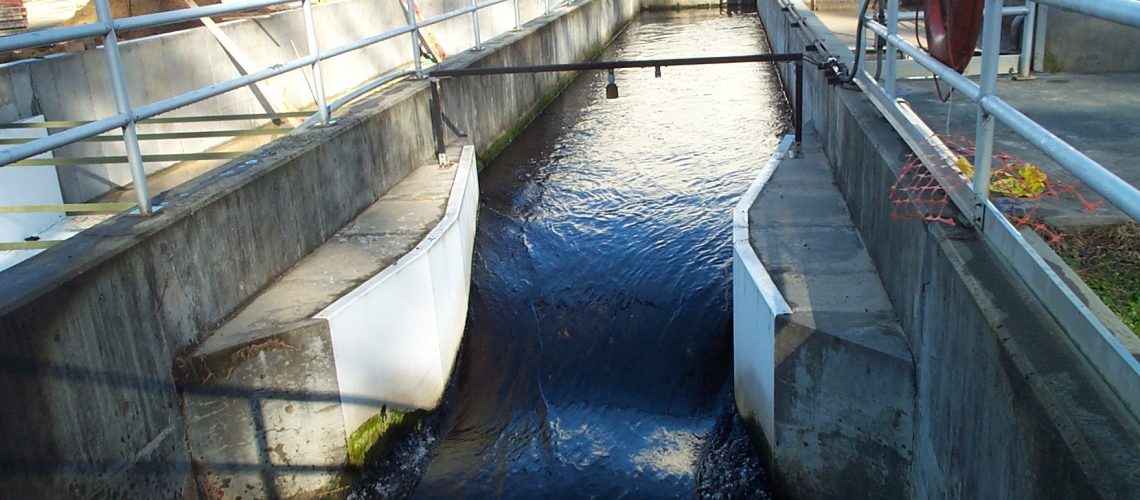Flumes are often implemented in flow channels that make use of a pipe channel. While numerous different types of flumes can work well with a piped system, there are a few factors to keep in mind to ensure you’re getting the accurate measurements you need. Learn about the common problems with pipe to flume transitions, and discover how you can account for them.
Flume is Set Lower Than the Pipe
The inlet pipe needs to be level with the flume or at least above the invert up the upstream channel in order to take accurate flow rate measurements. If the flume is set lower than the pipe, there will be a jump as the flow enters the flume. That kind of drop can throw off the flow rate in either direction depending on where the jump actually occurs.
Typically, you’ll want to ensure that the approaching flow is tranquil and steady for about 10 to 20 throat widths before reaching the flume itself. If it’s more jumpy and chaotic, it can reach supercriticality before passing through the flume, which will always provide inaccurate flow rate measurements.
Pipe Slope is Too Intense
Maintaining subcriticality on approach is essential for accurate measurements, but an increased pipe slope can make that impossible. The flume is designed to increase the velocity of the water to reach a state of criticality within the flume. If it has already surpassed the point of criticality and became supercritical due to the slope, you won’t get accurate measurements.
When the pipe is sloped too much, which is generally anything above 2%, the water level in the flume itself will be lower than it should be indicating a flow rate far below what the channel actually has. Keep in mind that the larger the pipe or flow channel is, the stricter slope limitations become falling below even 2%.
Poor Upstream Flow Conditioning
For a flume to properly measure any kind of open channel flow, the flow itself needs to be evenly distributed across any given flow channel with a normal velocity profile. Anything divergent from that standard will throw off your measurements with an error rate that far exceeds acceptable rates.
One of the most common ways this problem manifests in pipe to flume flows is instances in which the pipe inlet is situated too close to the flume’s converging section. This prevents the flow from becoming evenly distributed through the channel. Even when working with flumes that have extensive research, there is no way to alter the equation to account for this. The change must take place at the level of installation, so ensure it’s installed correctly the first time to avoid the hassle.
Flumes from Tracom
If you’re looking to avoid common problems with pipe to flume transitions, Tracom has got you covered. Work with our team, and we can design and create a custom flume that specially fits your unique flow conditions accounting for the approaching pipe conditions to get the accurate measurements you deserve. Contact us today to get started!



